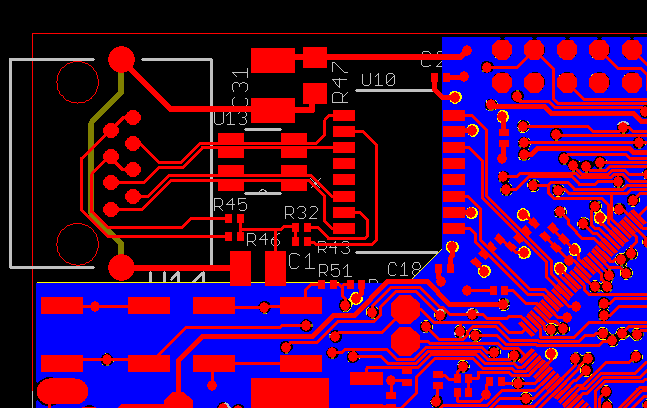Team,
I have a customer that has come to me with the following issue:
"We have the Tiva™ TM4C129ENCPDT Microcontroller on several of our products. We just purchased an Ethernet test set, Sifos PVA 3002.
We ran 3 of our Tiva boards and see errors in the jitter and noise testing on all 3. I've run my laptop and a router and do not see this as a common or set up error.
The 3 boards are 3 different layouts, but essentially the same design. I've done some experimenting with grounding, clocking, etc, and am unable to enact any improvement. Is this normal for Tiva using internal PHY? The SW guy says he's using the Tiva source code from a few months ago. Nothing outdated. I do not see any mention in errata."
Could you comment on potential reasons for this? They have also sent me schematics and a read-out of their report, but I do not wish to share those here. If needed, could a member of the team contact me off-line.



